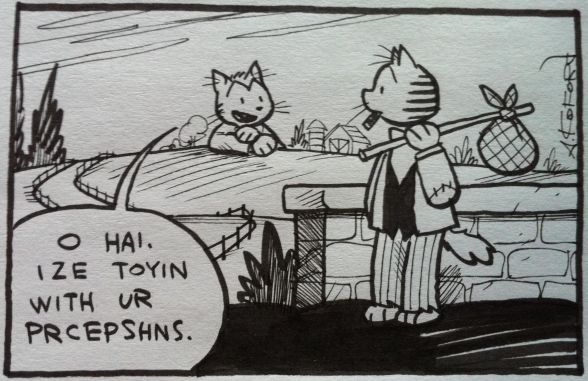The Music Room: a Memoir, Devidayal
I had to read this one for work (I’m subbing for another staff member at a book club). A fine premise: a memoir of a woman’s training in Raga from age 10, under a teacher who was never as famous as she should have been. The book has some good stuff (information about Raga and its religious and cultural significance, insight into the classical teacher/student relationship, stories and legends about Raga) but it’s all lost in a mire of poor structure, poor word choice, and annoying lack of care in construction and fact-checking. Boo. But a cover blurb by Ravi Shankar (not known for his writing)! One star.
Generation A, Coupland
This book is harder to find in the library’s catalog after the switch from exact string searching to keyword searching. What a relief after The Music Room! Coupland does a great job constructing the story, establishing character voice, is subtle in conveying background information, and has something important to say. The plot is about bees but the book is about the power of story to give hope and begin change. This is speculative fiction at its best. Five stars.
The Disappearing Spoon: and Other True Tales of Madness, Love, and the History of the World From the Periodic Table of the Elements, Kean
Chock full of cool science stories and astounding ideas*, even skipping some of the oldies but goodies in favor of some I had never heard. I’ll be boring you all with chestnuts from this book! Four stars.
*and amusing footnotes
James May’s Lego House
A fun tie-in to the Toy Stories TV series that shows more detail of the house and its furnishings (though doesn’t give the detail of how they solved the Lego girder problem!). Three stars.
The Bat Scientists, Carson
Another Scientists in the Field book, and another great installment it is. I enjoy both the science and the introduction of the sorts of careers you can have in science (and the sort of people who are in those careers). The bats are so cute! Four stars.
Lila & Ecco’s Do-It-Yourself Comics Club, Dawson
A really in-depth look of all the steps in putting your own comic book together: not just putting art in panels; but coming up with ideas, doing research, writing, re-writing, drafting how the panels will be arranged, how to duplicate and even how to bind. The book itself is a comic and introduces the ideas in a gentle way while encouraging creativity and self-expression. What a nice book! It would be great to use with a class or a workshop. Three stars.
